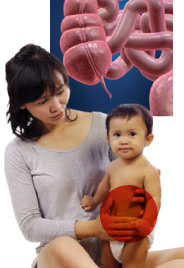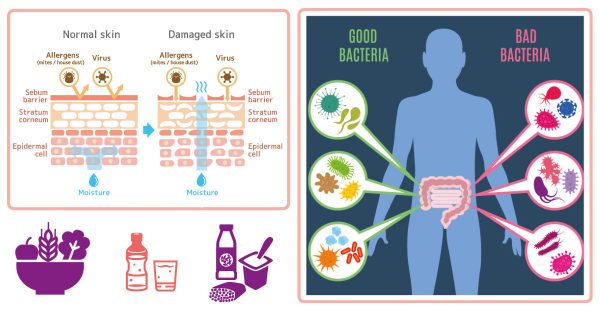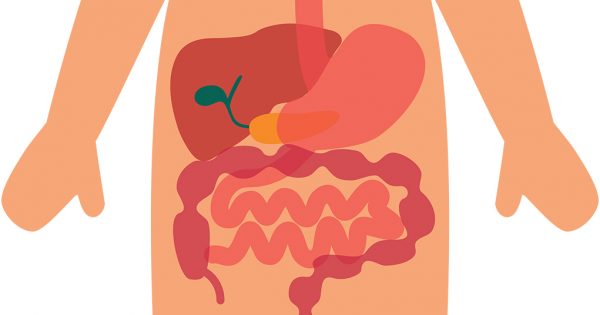Appendicitis is a commonly uttered diagnosis by parents and caregivers alike. It is also one surrounded by myths and fallacies. Very often, one hears parents admonishing their children against eating guava seeds or jumping after meals as they may get appendicitis. What is appendicitis and how can one get it?
The appendix is a small, finger-like pouch; it is attached to a part of the large intestine called the caecum, located at the lower right area of the abdomen. The exact function of the appendix is unclear; however, research has shown that the appendix is involved in some part with the immune functions of the body. Hence, some believe that if the appendix is healthy, it should not be removed and discarded.
Appendicitis literally means inflammation of the appendix. This may occur when the entrance to the appendix is obstructed, resulting in mucus secretion, allowing bacteria that normally live inside the appendix to multiply. This results in inflammation and pain.
If an inflamed appendix is not removed, it may rupture, causing infection to spread throughout the abdomen. If not caught in time, the infection can also spread to the bloodstream and cause severe illness and death.
Some signs to look out for….
In addition to abdominal pain, other symptoms are:
- Loss of appetite.
- Nausea and vomiting.
- Fever.
There are other conditions which may mimic appendicitis. These include:
- Mesenteric adenitis. This is a condition where the lymph nodes in the abdomen are swollen, usually as a result of viral infection
- Inflammatory bowel disease. This includes Crohn’s disease and ulcerative colitis.
- Urinary tract infection.
Treating appendicitis
If you suspect your child has appendicitis, take him to the doctor immediately. Your child’s abdomen will be examined for signs of pain and tenderness. Blood tests will normally show evidence of infection while a urine test may be performed to rule out urinary tract infection. Sometimes, ultrasound of the abdomen may be ordered to identify the inflamed appendix.
Treatment of appendicitis requires removal of the inflamed appendix. This is a surgical procedure known as appendectomy. Today, this procedure can be done via keyhole surgery, leaving a much smaller scar than before and requiring a shorter hospital stay. Treatment of a ruptured apendix, however, is not so straightforward, as the abdominal cavity requires to be cleaned of pus to prevent further spread of infection. Antibiotics are also required in such cases and the hospital stay is longer.
Can appendicitis be prevented? Probably not. However, there is evidence to suggest that it is less common in those who consume a high fibre diet. Until preventive measures can be ascertained, we owe it to our children to spare them the agony and misery of ruptured appendicitis by detecting them early, thus facilitating early treatment.
Belly aches!
If your child complains of abdominal pain, ask him about:
- The location of the pain. The pain of appendicitis typically begins near the belly button, and then moves lower towards the right side; the pain comes and goes in the beginning, and then becomes consistent and sharp. Hover, this is not always true in children, especially young kids.
- The intensity of the pain. The pain typically intensifies over time and may be accompanied by vomiting.
- Aggravating factors. Your child may experience more pain when he walks or coughs.







Comments